Funded: $1.7m by MfE’s Public Waterways and Ecosystems Restoration Fund as part of the Jobs for Nature programme
Total project cost: $2.46m
Project duration: 4 years
New jobs expected over project life: 21
This project seeks to restore 48 kilometres of riparian margin through selective removal and management of overgrown willow and poplar trees, removing or managing pest plant incursion and planting a native corridor along the Tukutāpere, Rapurapu and Waiomou streams.
The project builds upon work that has been carried out under the Upper Waihou Riparian Strategy since 2012. The native corridor will increase biodiversity habitat for both terrestrial and aquatic species, and connect with the ‘Restore Nature, Connecting Communities’ programme (Source to the Sea) for the Waihou River, which aims to establish ecological corridors from the Kaimai Mamaku Forest Park to the Firth of Thames.
Students from Te Poi School help with planting.
The broader project has had a working group of stakeholders, including Raukawa Charitable Trust, Department of Conservation, Fish and Game, Federated Farmers, Matamata Piako and South Waikato district councils, and we’ve been working in collaboration with the landowners abounding the Waiomou Stream.
Apart from improving stream bank stability and water quality, this project will enable cultural harvest and community recreation opportunities, including swimming and fishing.
Key activities
- 3km of old poplar/willow removal.
- 48km stream bank pest plant control.
- 45,000m of fencing.
- 128,000 native plants.
- 48km of stream bank weed management in first 3 years of planting.
Environmental benefits
- Restoration of riparian margin along the Waiomou Stream and two tributaries.
- Enhancement of natural biodiversity along the Waiomou Stream.
- Connecting the green corridor from the upper Kaimai catchment.
- Improving natural habitat for native species.
Work completed
- Drone survey, which showed that pest plant incursion along the Tukutāpere, Rapurapu and Waiomou streams was worse than anticipated.
- Ecological assessment, which confirmed presence of long-tailed bats.
- 36 environmental protection agreements with landowners.
- 3.03 hectares of pest plant control – 2 hectares of pest plants cleared on the Waiomou and a 1.03 hectares on the Rapurapu Stream
- Selective poplar and willow tree removal (in conjunction with a bat survey) along 7.75 kilometres of Rapurapu and Waiomou streams.
- 47.6 kilometres of fencing protecting 49.2 hectares of riparian area.
- 225,344 plants in the ground.
- Pest plant control and planting maintenance in all retirement areas.
- A cultural assessment of Māori values, historic sites and marae rohe.

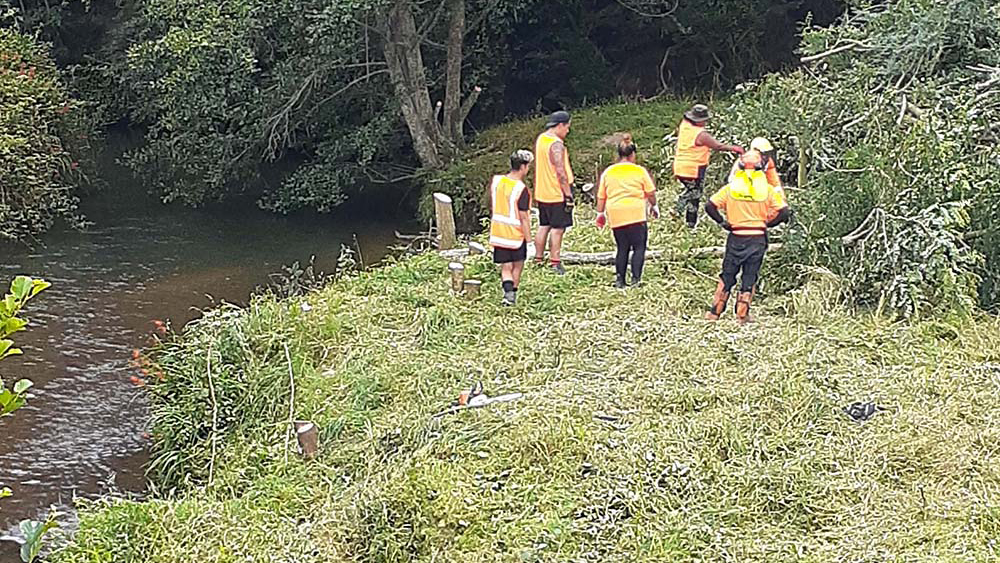
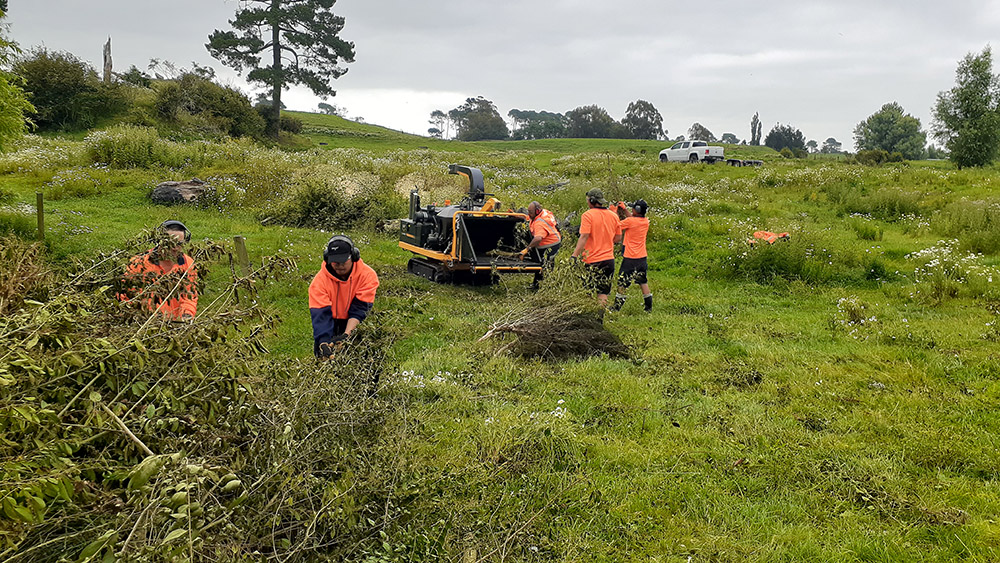
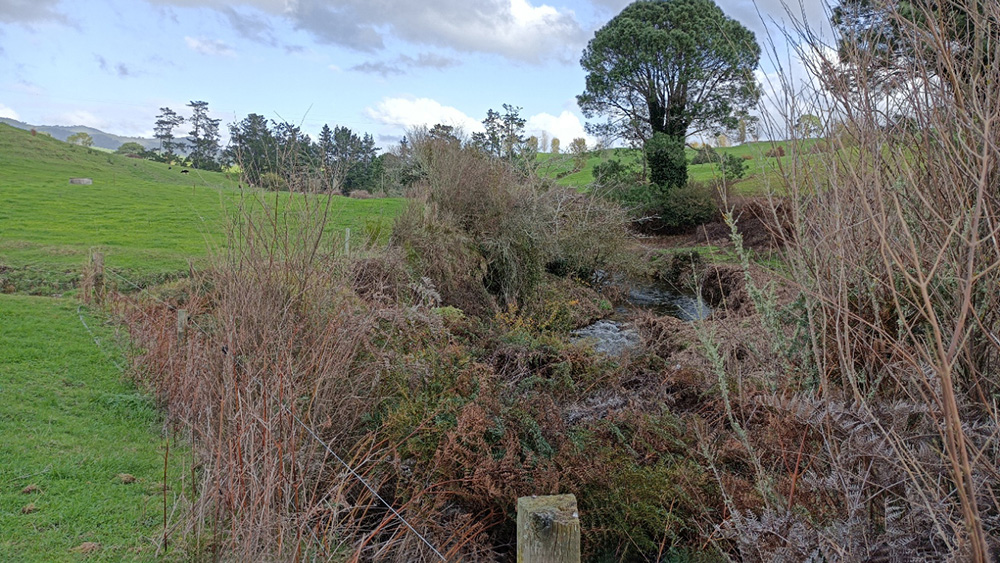
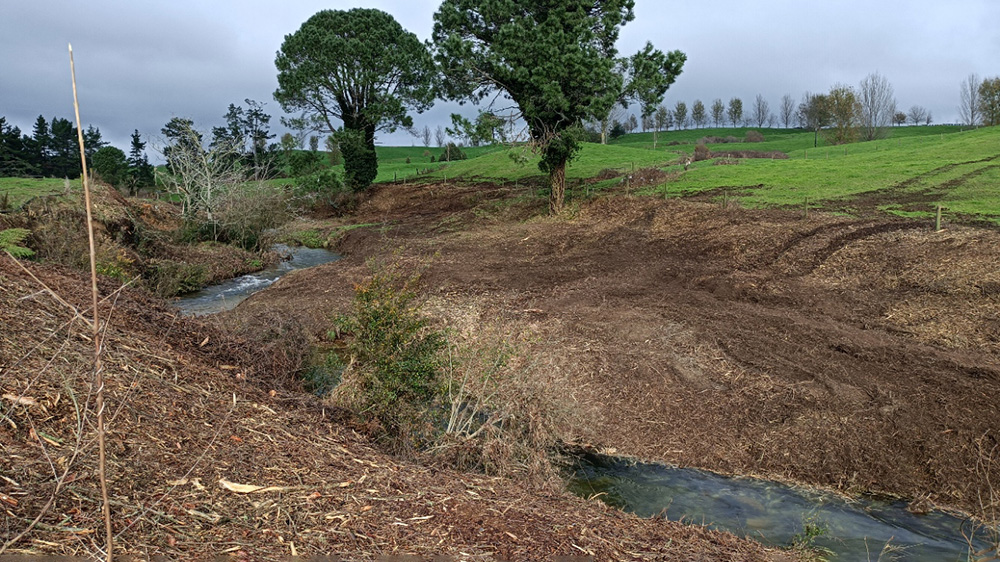
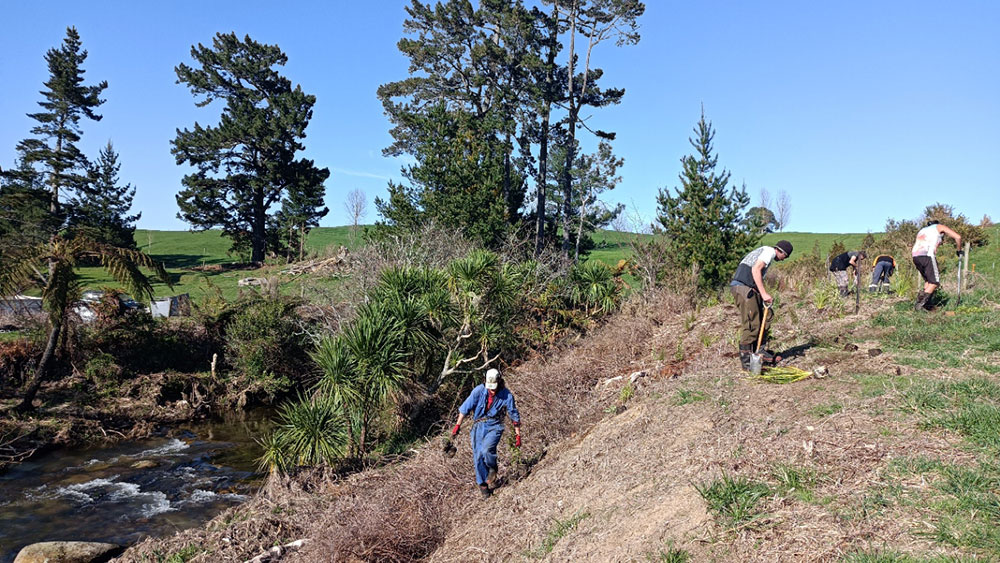
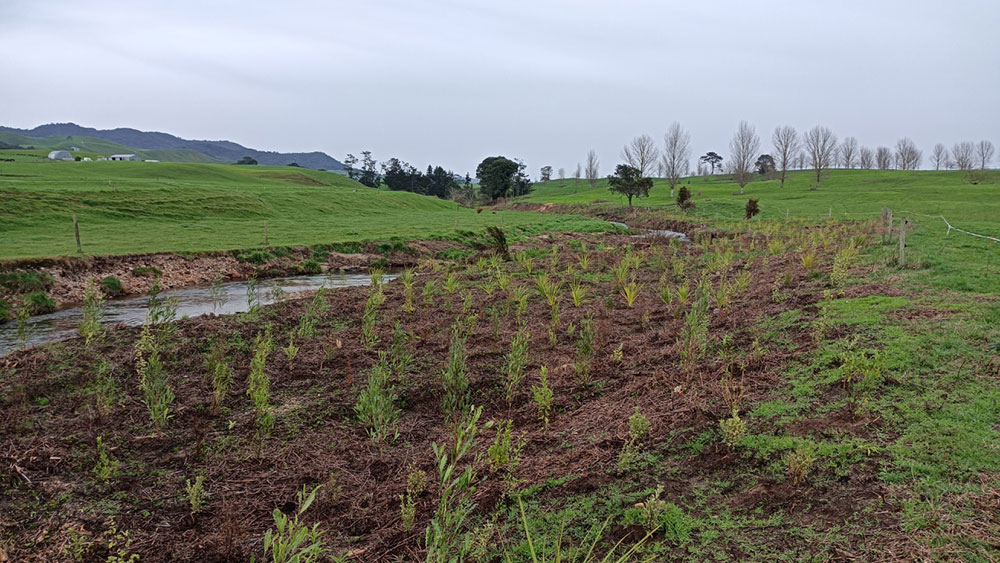
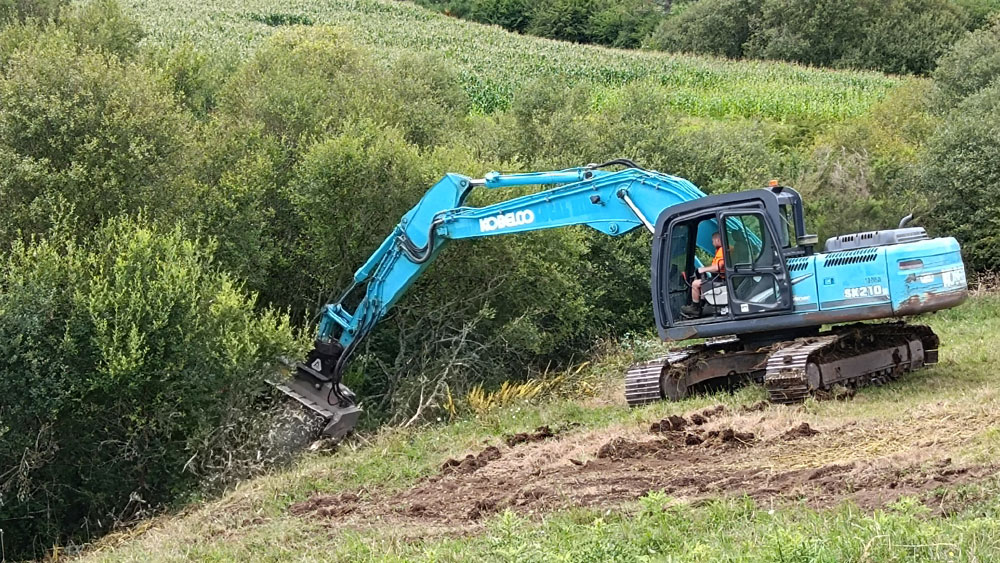

To ask for help or report a problem, contact us
Tell us how we can improve the information on this page. (optional)